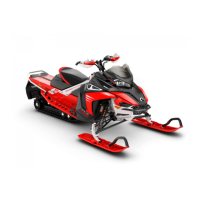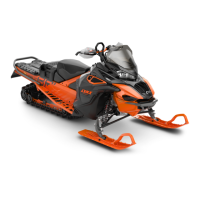GENERAL PRECAUTIONS
Avoid Carbon Monoxide Poisoning
All engine exhaust contains carbon monoxide, a deadly gas. Breath-
ing carbon monoxide can cause headaches, dizziness, drowsiness,
nausea, confusion and eventually death.
Carbon monoxide is a colorless, odorless, tasteless gas that may be
present even if you do not see or smell any engine exhaust. Deadly
levels of carbon monoxide can collect rapidly, and you can quickly be
overcome and unable to save yourself. Also, deadly levels of carbon
monoxide can linger for hours or days in enclosed or poorly ventilated
areas. If you experience any symptoms of carbon monoxide poison-
ing, leave the area immediately, get fresh air and seek medical treat-
ment.
To prevent serious injury or death from carbon monoxide:
– Never run the vehicle in poorly ventilated or partially enclosed ar-
eas such as garages, carports or barns. Even if you try to venti-
late engine exhaust with fans or open windows and doors, carbon
monoxide can rapidly reach dangerous leve ls.
– Never run the vehicle outdoors where engine exhaust can be
drawn into a building through openings such as windows and
doors.
Avoid Gasoline Fires and Other Hazards
Gasoline is extremely flammable and highly explosive. Fuel vapors
can spread and be ignited by a spark or flame many feet away from
the engine. To reduce the risk of fire or explosion, follow these in-
structions:
– Use only an a pproved gasoline container to store fuel.
– Strictly adhe re to instructions in
VEHICLE F UELING PROCE-
DURE
.
– Never start or operate the engine if the fuel cap is not properly in-
stalled.
Gasoline is poisonous and can cause injury or death.
– Never siphon gasoline by mouth.
– If you swallow gasoline, get any in your eye or inhale gasoline va-
por, see your doctor immediately.
If gasoline spills on you, wash with soap and water and change your
clothes.
12
____
SAFETY INFORMATION
____

